Patient Engagement in Clinical Trials: Best Practices for Recruitment and Retention
Created: 05.16.2024
How can patient centricity optimize recruitment and patient engagement in clinical trials? This blog article explores the fundamentals of patient centricity, its relevance for clinical studies, and best practices for effectively engaging patients. Additionally, we discuss current trends and challenges in this area, providing valuable insights to help develop successful patient-centric strategies.
Best Practices for Patient Recruitment
Effective recruitment strategies are essential for the success of clinical studies. Recruiting patients remains one of the biggest challenges in clinical research, especially as participant expectations evolve. Ensuring diversity and representativeness in study populations requires implementing best practices that address both patient needs and research requirements.
Targeted Outreach and Communication
A targeted approach to engaging potential participants significantly improves recruitment success rates. Precise communication that considers the specific needs and preferences of the target group is crucial. Understanding demographic factors and health challenges helps in tailoring outreach efforts.
Providing clear information about the study—including objectives, processes, potential risks, and benefits—is essential. Transparent communication fosters trust and increases participation willingness. At Alcedis, we implement a multi-channel communication strategy utilizing both digital and traditional platforms to reach a broad audience effectively.
Leveraging Digital Platforms
Digital platforms play a key role in patient engagement and recruitment. Integrating technology allows us to develop innovative solutions that support the recruitment process. These platforms provide user-friendly interfaces for participants while enabling efficient data collection and analysis.
Online surveys and social media interactions allow direct engagement with potential participants, capturing real-time feedback. These approaches not only generate interest in clinical studies but also enable continuous adjustments to recruitment strategies based on patient input. Additionally, digital tools help eliminate barriers by providing information in various formats and languages to enhance diversity.
A major advantage of digital platforms is the ability to analyze large datasets. By evaluating patient behavior patterns, we can implement targeted improvements to recruitment strategies. Utilizing such technologies is a crucial element in advancing patient centricity in clinical studies.
Strategies for Patient Retention
Patient retention is just as critical as recruitment. Maintaining participant engagement throughout a study ensures data integrity and enhances research quality by incorporating ongoing patient feedback.
Regular Communication and Feedback
Consistent communication fosters trust and satisfaction among participants. Establishing a transparent communication channel is essential for keeping patients informed about study progress and addressing concerns promptly. Digital platforms facilitate automated updates and surveys to enhance patient engagement.
Gathering patient feedback is another vital aspect of retention. Researchers gain valuable insights by actively listening to participant experiences, allowing early identification of potential challenges. This feedback helps optimize study procedures while reinforcing participants' sense of involvement. When patients recognize that their input influences the study, they are more likely to remain engaged.
Adapting to Individual Needs
Recognizing individual preferences is key to maintaining long-term patient engagement. Each patient has unique experiences and expectations that should be integrated into the research process. Personalized approaches—such as customized informational materials or tailored support throughout the study—help patients feel valued.
Providing study information in multiple formats ensures accessibility for diverse learning preferences. Some patients prefer written materials, while others engage better with visual or interactive content. Additionally, considering cultural differences in outreach efforts helps break down barriers and enhance engagement.
Flexibility in participation is another crucial factor. Allowing patients to attend study appointments online or choose alternative communication methods can significantly increase their willingness to participate. Such adaptability demonstrates respect for individual circumstances and fosters positive researcher-patient relationships.
Creating a Supportive Environment
Beyond communication and personalization, establishing a supportive environment is essential for long-term patient retention. This includes access to peer support networks and resources that help patients navigate their study experiences. Online forums or peer support groups provide platforms for patients to share insights and encourage one another.
Furthermore, ensuring that all study team members are well-trained in patient engagement principles is critical. Training should cover not only technical aspects but also communication skills and empathy. A knowledgeable and compassionate team significantly enhances the patient experience.
Implementing these patient retention strategies requires a holistic approach that considers multiple research process elements. By combining technology with human interaction, researchers can create an environment that is both engaging and supportive.

